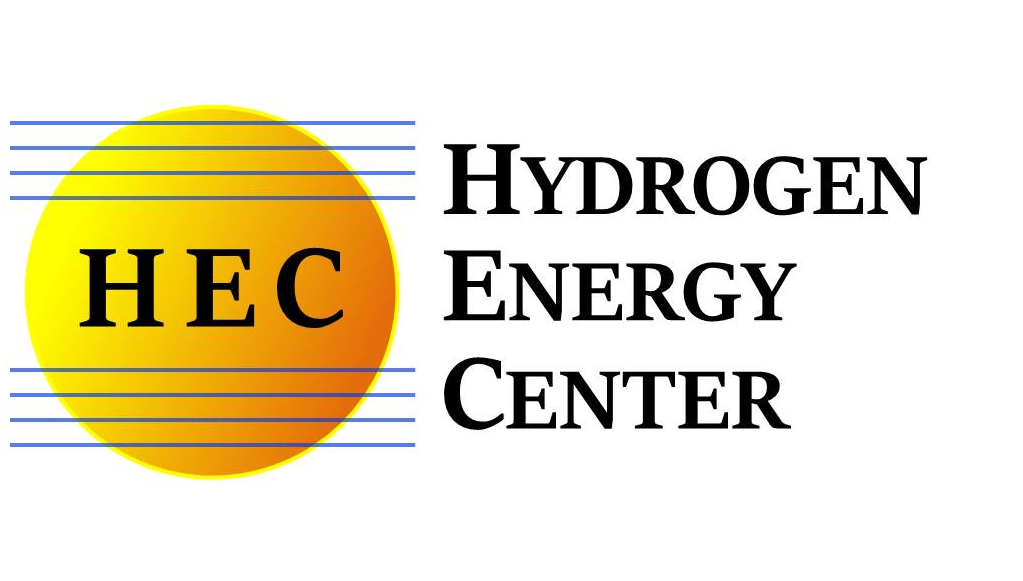Hydrogen and Fuel Cell Electric Transportation
Source: NREL Fact Sheet
As nations around the world pursue a variety of sustainable transportation solutions, the hydrogen fuel cell electric vehicle (FCEV) presents a promising opportunity for American consumers and automakers. FCEVs are important to our nation’s future because they
can:
- Play an important role in our portfolio of sustainable transportation options
- Provide a cost-competitive, appealing alternative for drivers
- Reduce dependence on imported oil and diversify energy sources for transportation
- Enable global economic leadership and job growth.
Offering a Sustainable Transportation Option
Americans have tremendous freedom to travel wherever and whenever they want. Ninety percent of travel in the United States is achieved by automobiles that refuel quickly at conveniently located stations and can go 300 to 400 miles between fill ups. While no single alternative to today’s cars and trucks can meet all our needs, FCEVs are poised to play an important role in America’s portfolio of sustainable transportation options. FCEVs offer long ranges and fast refueling, and emit only water vapor.
Bringing Cost-Competitive FCEVs and Hydrogen to Market
Automakers around the world have made steady progress in reducing the cost and increasing the performance and durability of fuel cell propulsion systems. Despite the worst automotive recession in history, Daimler, Toyota, Honda, NREL is a national laboratory of the U.S. Department of Energy, Office of Energy Efficiency and Renewable Energy, operated by the Alliance for Sustainable Energy, LLC. Hyundai, and General Motors (GM) continue to develop family-size FCEVs and plan to begin selling them by 2015.
FCEVs offer comparable range, performance, comfort, utility, and durability to today’s cars and trucks. Ordinary Americans who have driven FCEVs say they’re excited by the “real” driving experience and utility they provide, and confirm that conveniently available hydrogen fueling
stations are essential to consumer acceptance. Several studies from the U.S. Department of Energy (DOE) indicate that the cost of producing and distributing hydrogen could fall to a cost roughly equivalent to gasoline on a per-mile basis. These studies also conclude that a hydrogen fueling infrastructure for FCEVs is economically viable, requiring an investment comparable to that of the
Alaskan oil pipeline to make hydrogen available to 70% of Americans living in the 100 largest U.S. cities.
Reducing Oil Imports and Greenhouse Gas Emissions
Because hydrogen can be made from a variety of U.S. resources—wind, solar, biomass, geothermal, natural gas, coal, and nuclear energy—FCEVs reduce dependence on imported oil and diversify the energy sources used for transportation. According to a Massachusetts Institute of Technology study,
FCEVs have “the ultimate potential to dramatically decrease greenhouse gas emissions and reliance on petroleum”— and they do so without requiring a change in driving behavior.
Boosting the Economy and Creating Jobs
The United States imports nearly two-thirds of its oil, accounting for 50% of our $49.9 billion trade deficit. Replacing imported oil with domestically produced hydrogen from diverse resources would allow this outflow of dollars to stay in the U.S. economy and generate jobs throughout the nation. Hydrogen from renewable resources alone could be made in all 50 states, creating local jobs in every region of the country.
Achieving International Competitiveness
Global economic leadership is becoming increasingly dependent on global technology leadership, particularly in relation to energy and the environment. FCEVs provide the potential for the United States to lead the race for energy and environmental technology innovation, but the time to act is now. Germany, Japan, and Korea are making great strides in developing FCEVs and planning for additional fueling stations. To remain competitive in the global marketplace, the United States must make a significant commitment to the continued development of FCEVs and the supporting fueling infrastructure.
What’s Next?
According to a recent news release from the National Research Council, “the public-private partnership to develop vehicles that require less petroleum-based fuel and emit fewer greenhouse gases should continue to include fuel cells and other hydrogen technologies in its research and development portfolio.” This public-private partnership—the FreedomCAR and Fuel Partnership—is a research collaboration between DOE and the automotive and energy industries to develop affordable, clean, energy efficient cars and light trucks. While the FreedomCAR and Fuel Partnership has made great strides in reducing costs and advancing technology, additional research and development is crucial in order for the United States to reap the full and substantial benefits that FCEVs offer.

